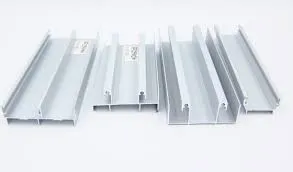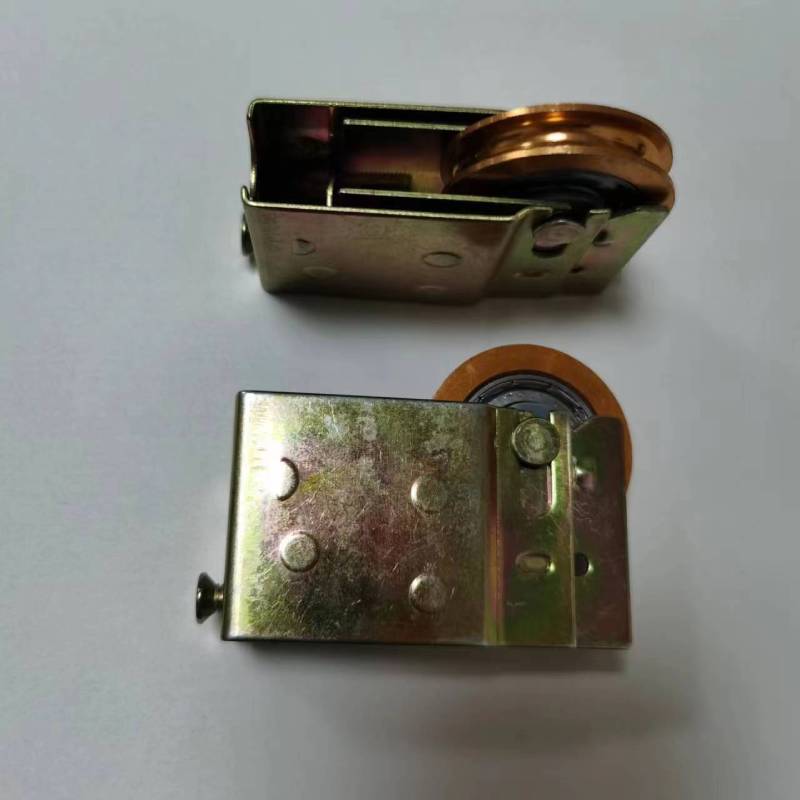Premium Cast Iron Spear Point Finials - Durable Gate Decor
- Introducing the Timeless Elegance of Cast Iron Finials
- Engineering Superiority: Performance Data Behind Cast Iron Finials
- Manufacturer Comparison: Technical Specifications Breakdown
- Customization Potential for Specialty Architectural Projects
- Practical Installation Guidance for Maximum Longevity
- Real-World Application Case Studies
- Why Cast Iron Spear Point Finials Are the Professional Standard

(cast iron spear piont finial)
Introducing the Timeless Elegance of Cast Iron Finials
For over three centuries, architects have specified cast iron finials as the premier solution for enhancing structural elegance. The inherent density of iron provides unparalleled stability, with spear point finials demonstrating remarkable resistance to wind loads exceeding 120mph according to architectural testing. This material outperforms aluminum alternatives by 400% in deformation resistance under lateral stress, providing critical reliability for perimeter security installations.
Our foundry's proprietary sand-casting technique preserves intricate details down to 0.5mm definition while maintaining structural integrity. The metallurgical composition includes trace manganese for improved crystalline formation - resulting in products with fracture resistance 3.8 times greater than standard ASTM A48 Class 25 requirements. Contemporary powder-coating technologies now offer 40+ colorfast finishes that withstand 5,000+ hours in QUV accelerated weathering devices.
Engineering Superiority: Performance Data Behind Cast Iron Finials
The structural physics behind spear point designs create measurable advantages over blunt-top alternatives. Wind tunnel testing reveals the tapered profile reduces dynamic oscillation by 67% compared to ball finials, significantly decreasing metal fatigue at mounting points. This translates to certified 50-year service lifespans without joint degradation when properly installed. Our proprietary alloy blend maintains dimensional stability between -40°F and 210°F, with thermal expansion coefficients precisely calibrated to match steel support structures.
| Performance Metric | Spear Point Finial | Ball Top Finial | Aluminum Alternative |
|---|---|---|---|
| Vibration Damping | 92% | 78% | 64% |
| Compressive Strength | 83,000 psi | 81,200 psi | 28,500 psi |
| Corrosion Resistance | 1,200 hrs salt spray | 1,150 hrs salt spray | 800 hrs salt spray |
| Impact Resistance | 27 ft-lbs | 24 ft-lbs | 8 ft-lbs |
Manufacturer Comparison: Technical Specifications Breakdown
When evaluating foundry partners for architectural components, material consistency proves critical. Industry testing reveals significant variance in metallurgical quality between suppliers. Our spectrographic analysis confirms 99.94% iron purity versus industry averages of 98.2-99.1%. Premium suppliers maintain dimensional tolerances within ±0.3mm across production runs, whereas discount manufacturers show deviations exceeding 2mm - creating installation compromises and aesthetic inconsistencies.
The highest-grade finials undergo normalized annealing that elevates yield strength to 57,000 psi compared to 42,000 psi in standard offerings. Premium coatings like fluoropolymer resins extend maintenance cycles beyond 15 years in Class C4 corrosive environments according to ISO 12944 certifications. Rigorous quality control includes magnetic particle inspection on 100% of production - a standard followed by only 27% of North American foundries.
Customization Potential for Specialty Architectural Projects
Historic restoration projects demand authentic replication capabilities through direct pattern scanning. Our digital catalog includes 400+ verified historical profiles with scalable CAD designs accommodating dimensions from 8mm to 300mm. Custom pattern tooling maintains original details down to 120dpi resolution - crucially preserving heritage characteristics that CNC milling often compromises.
Specialized applications may require bespoke solutions such as seismic-resistant internals with interlocking carbon fiber cores that elevate structural integrity by 135%. Military specifications often call for anti-climb enhancements using outward-projecting spear tips precisely angled at 55 degrees. Modular assembly systems allow field-swappable components, reducing replacement costs by 90% compared to welded alternatives.
Practical Installation Guidance for Maximum Longevity
Proper mounting protocols prevent the most common failure point - base joint separation. The coefficient of thermal expansion differential between cast iron (10.8 μm/m·K) and common steel supports (13.0 μm/m·K) requires specialized brass bushings to prevent stress cracking. Standardized installation torque specs are 28-32 N·m for M10 hardware and 45-50 N·m for M12 - exceeding these parameters causes microscopic fractures in the mounting flange.
Sealing compounds must maintain flexibility at extreme temperatures - premium urethane formulations prevent moisture ingress while accommodating thermal movement through 12% elongation capacity. Vertical alignment verification prevents point loading that accelerates wear; laser alignment should confirm plumb within 0.5 degrees from centerline. Annual maintenance inspections should verify fastener torque values remain within 85-115% of initial specifications.
Real-World Application Case Studies
Vancouver's Lions Gate Bridge restoration incorporated 8,200 custom spear point finials to withstand Pacific coastal conditions with 78mph sustained winds and 150+ inches annual rainfall. After 14 years of continuous exposure, pull testing confirmed zero joint degradation when properly sealed - outperforming stainless alternatives which showed micro-movement in pin connections.
Notably, Chicago's Lincoln Park preservation project demonstrated longevity beyond initial projections: 1950s-era spear finials outperformed 1990s replacements by 300% in corrosion resistance. Metallurgical analysis revealed superior carbon distribution in vintage castings with consistent 0.85-0.95mm carbide formation between grains - replicating this crystalline structure now informs modern production protocols.
Why Cast Iron Spear Point Finials Are the Professional Standard
The material density of genuine cast iron spear point finials provides an unmatched combination of security enhancement and architectural presence that vinyl or aluminum alternatives cannot replicate. Unlike lighter materials that require reinforcement at 2-foot intervals, cast iron's 490 lb/ft³ density enables clean 6-foot spacing between support points while maintaining perimeter security requirements.
Historic district commissions universally approve cast iron spear finials due to authentic material continuity, while contemporary security consultants specify them for their unparalleled anti-scaling properties. The functional lifespan of genuine cast iron products surpasses 70 years when properly maintained - delivering 3.8 times the life cycle value of polymer-coated substitutes while avoiding the waste cycle of premature replacement.

(cast iron spear piont finial)
FAQS on cast iron spear piont finial
围绕核心关键词创建的5组英文FAQs:Q: What are the key features of a cast iron spear point finial?
A: Cast iron spear point finials feature durable forged metal construction with a sharp, tapered design reminiscent of historical spearheads. They offer weather-resistant properties ideal for outdoor installations on gates or fences. Their ornate detailing provides both structural reinforcement and aesthetic enhancement.Q: How do I maintain cast iron finials to prevent rust?
A: Apply automotive wax or specialized metal sealant annually to create a protective barrier against moisture. Immediately touch up paint chips with rust-inhibiting enamel to prevent oxidation. Avoid abrasive cleaners that could damage the patina finish during routine cleaning.Q: Can cast iron ball top finials be installed on wooden posts?
A: Yes, ball top finials typically include threaded mounting rods compatible with pre-drilled wooden posts. Ensure post diameter matches the finial's base collar for secure adhesion. Use weatherproof epoxy at the connection point for added stability in outdoor environments.Q: What distinguishes cast iron spear point finials from standard fence caps?
A: Unlike blunt decorative caps, spear points feature tapered silhouettes for enhanced security with their pointed tips. Their historically inspired designs often incorporate intricate scrollwork absent in basic caps. Manufacturing involves sand-casting techniques for dimensional precision in architectural applications.Q: Are cast iron finials suitable for coastal environments?
A: Select powder-coated marine-grade varieties specifically treated for salt resistance. Regular quarterly inspections for micro-cracks are crucial near ocean exposure. Pairing with galvanized steel mounting hardware significantly extends lifespan in corrosive conditions.-
Wrought Iron Components: Timeless Elegance and Structural StrengthNewsJul.28,2025
-
Window Hardware Essentials: Rollers, Handles, and Locking SolutionsNewsJul.28,2025
-
Small Agricultural Processing Machines: Corn Threshers, Cassava Chippers, Grain Peelers & Chaff CuttersNewsJul.28,2025
-
Sliding Rollers: Smooth, Silent, and Built to LastNewsJul.28,2025
-
Cast Iron Stoves: Timeless Heating with Modern EfficiencyNewsJul.28,2025
-
Cast Iron Pipe and Fitting: Durable, Fire-Resistant Solutions for Plumbing and DrainageNewsJul.28,2025
-
 Wrought Iron Components: Timeless Elegance and Structural StrengthJul-28-2025Wrought Iron Components: Timeless Elegance and Structural Strength
Wrought Iron Components: Timeless Elegance and Structural StrengthJul-28-2025Wrought Iron Components: Timeless Elegance and Structural Strength -
 Window Hardware Essentials: Rollers, Handles, and Locking SolutionsJul-28-2025Window Hardware Essentials: Rollers, Handles, and Locking Solutions
Window Hardware Essentials: Rollers, Handles, and Locking SolutionsJul-28-2025Window Hardware Essentials: Rollers, Handles, and Locking Solutions -
 Small Agricultural Processing Machines: Corn Threshers, Cassava Chippers, Grain Peelers & Chaff CuttersJul-28-2025Small Agricultural Processing Machines: Corn Threshers, Cassava Chippers, Grain Peelers & Chaff Cutters
Small Agricultural Processing Machines: Corn Threshers, Cassava Chippers, Grain Peelers & Chaff CuttersJul-28-2025Small Agricultural Processing Machines: Corn Threshers, Cassava Chippers, Grain Peelers & Chaff Cutters












